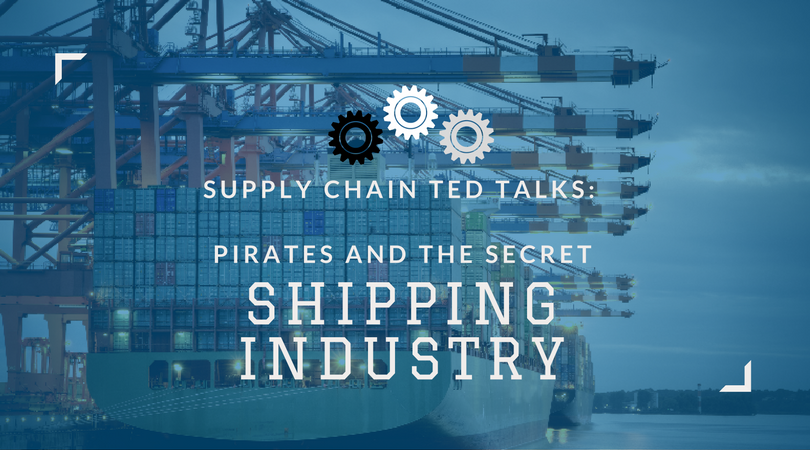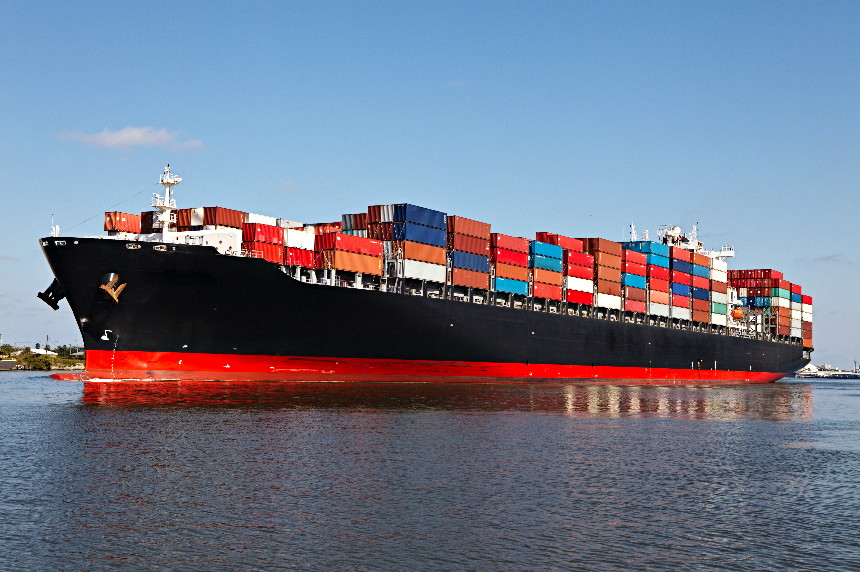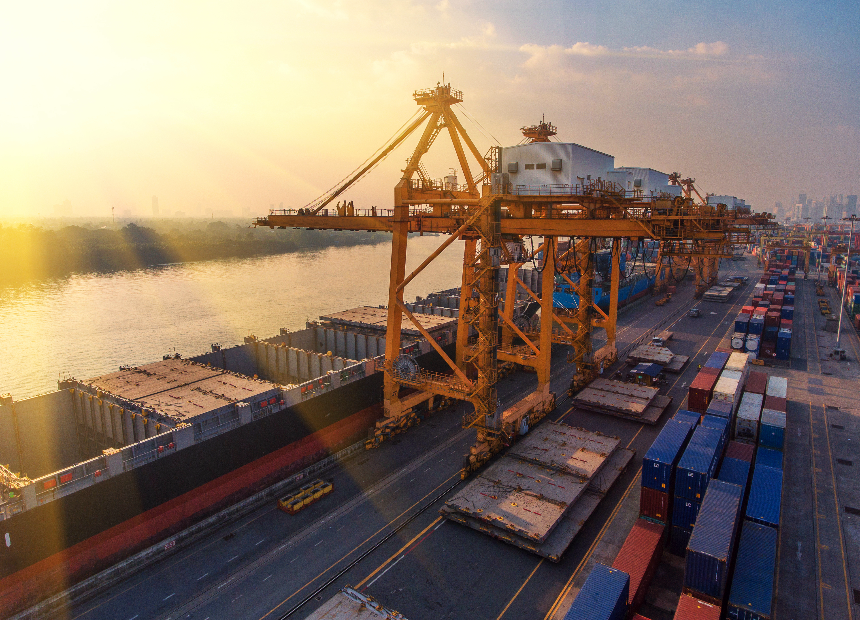
In a recent TED Talk about the supply chain and logistics, Harvard Business School Graduate Rose George shared some eye-opening information about the secrets of the international shipping industry. Information that most people do not know or ever even think about. To see the unspoken truth herself, George packed her bags and set sail on a shipping vessel to see the ins and outs of the international shipping business. She started at the Southern coast of England and ended in Singapore five weeks later. George traveled through five seas, two oceans, and nine ports to raise awareness to the world’s “sea blindness” as she calls it. 
Not surprisingly, international shipping is responsible for 90% of world trade today, which is four times as much as in the 1970’s. We depend on shipping now more than ever. There are about 100,000 working vessels at sea at one time, and most of us have no clue what the shipping transport is like.
George scored a first class seat on the Maersk Kendal. Not really. Although Maersk is one of the biggest shipping companies in the world, it was just a mid-sized vessel that carried 7,000 boxes and only 21 crew members. It turns out this is pretty standard for any international shipping company. We are not talking about chump change here though. Maersk revenues actually par with Microsoft. During the five weeks, the crew members never had a chance to relax and had to work nearly every hour of the day. Not to mention there dangerous weather conditions and no internet or communication lines to family members.
 Here’s where it gets crazy: George uncovers our “sea blindness” by bringing awareness to three uncomfortable truths that suggest we need to educate ourselves and stay up-to-date on what’s going on out at sea:
Here’s where it gets crazy: George uncovers our “sea blindness” by bringing awareness to three uncomfortable truths that suggest we need to educate ourselves and stay up-to-date on what’s going on out at sea:
- Rose George went on this experimental trip knowing that she was going to be traveling through dangerous pirate waters. During this part of the journey, nobody was allowed on deck; even the captain told George she was crazy for signing up for a gig for this. There were 544 seafarers currently being held hostage on ships anchored near Somalia by pirates, and some of them had been held hostage there for many years. Talk about sea blindness, right?
- Another thing we need to consider is the effect these enormous ship vessels have on our environment. Shipping vessels use ‘bunker fuel,’ which is the cheapest of the cheap when it comes to fuel. This explains why these types of ships always have a thick, black tunnel of smoke coming out of them when you see them from a distance in the ocean. Shipping businesses are using this low-grade fuel, yet shipping is supposed to be the greenest method of transport. Well, it turns out that that’s not true at all. According to George, in 2009, fifteen of the largest shipping vessels pollute the earth with just as much particles, soot, and noxious gas as all of the cars in the world combined. Luckily, there are some people who are aware of this issue and are working on creating a method of shipping sustainably. The bad news is that it is taking way too long!
- Speaking of being harmful to the environment, our enormous, convenient shipping vessels are also causing major disruption to marine life. Think about it this way: shipping vessels are exceptionally loud. Whales, dolphins, and 800 other species of fish communicate by sound. The sound of large shipping vessels traveling across the ocean can cause significant impairment to aquatic animals’ ability to see, breed, eat, or find mates.
George clarifies that although she had been on board the Kendal ship with a caring crew, she cannot imagine how someone spends so much time away from home with no method of communication. The job involves an indescribable amount of isolation and danger. George was touched by the kindness of the crew, and wanted to make sure everyone is aware of these hardworking crews who are responsible for bringing us 90% of everything we have. She trusts wholeheartedly that everyone would benefit from learning the truth about what goes on at sea.
